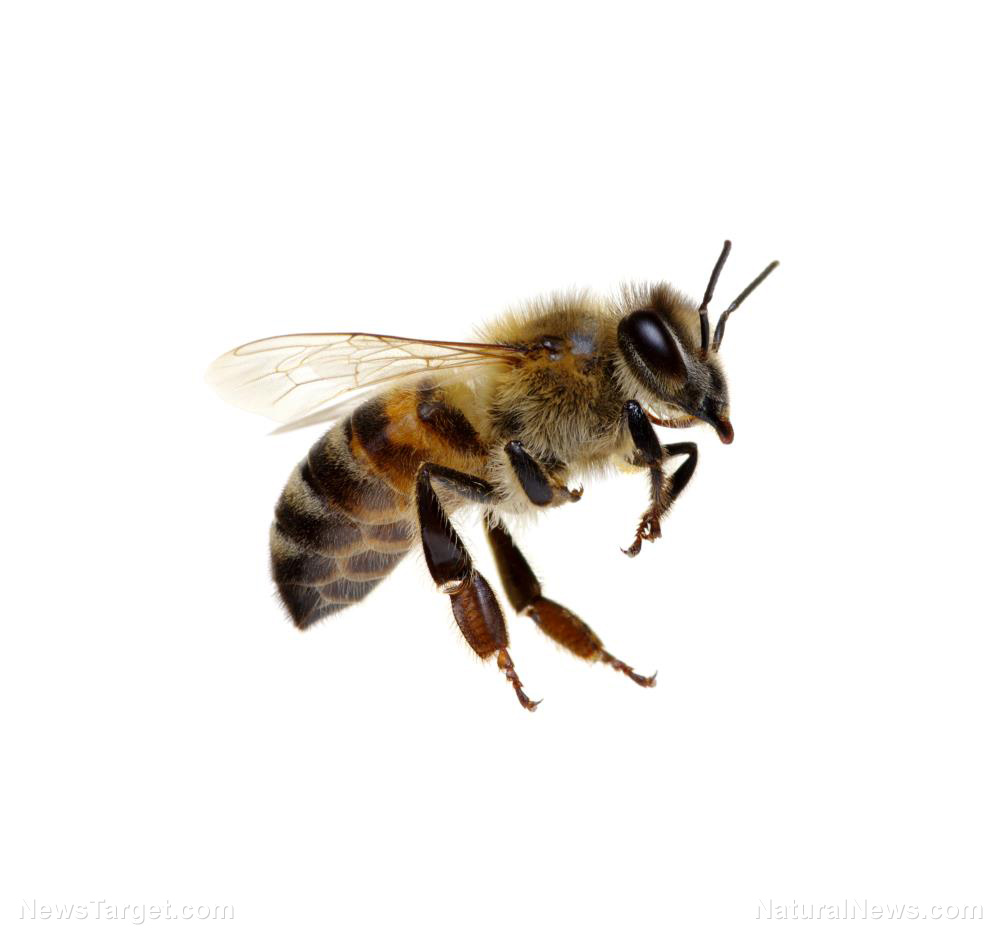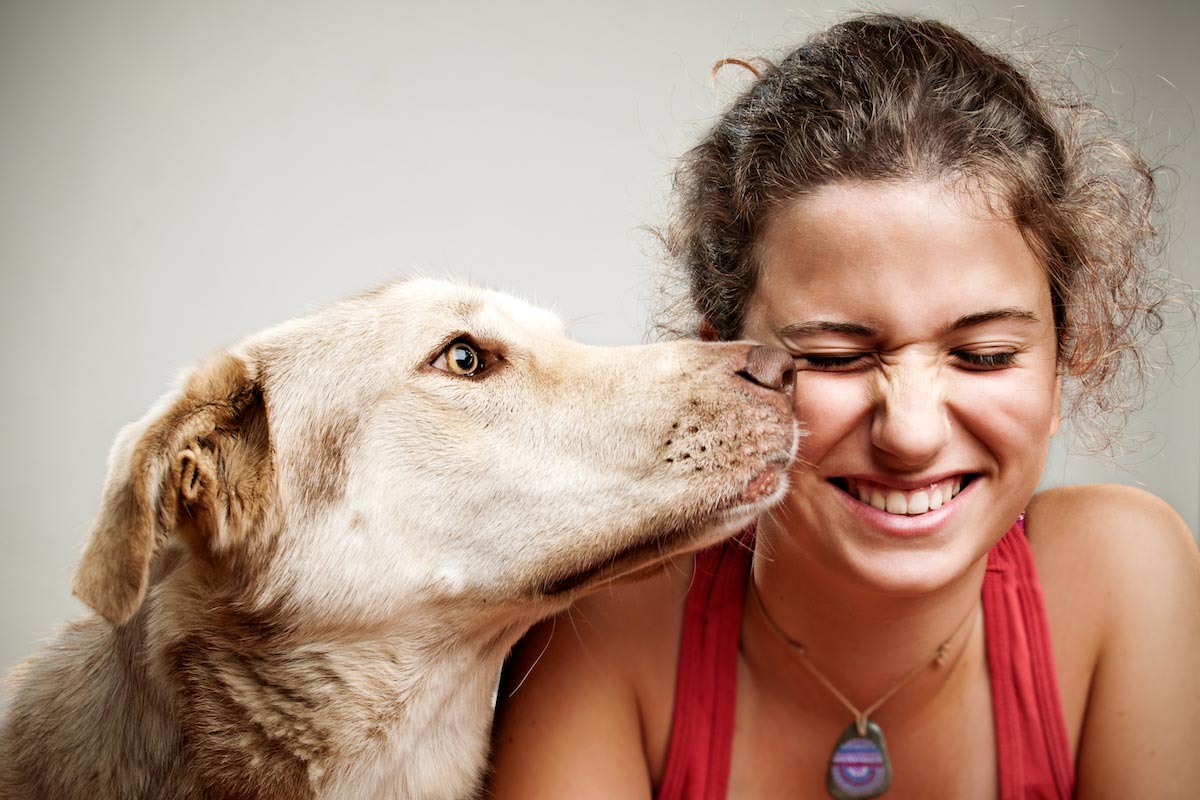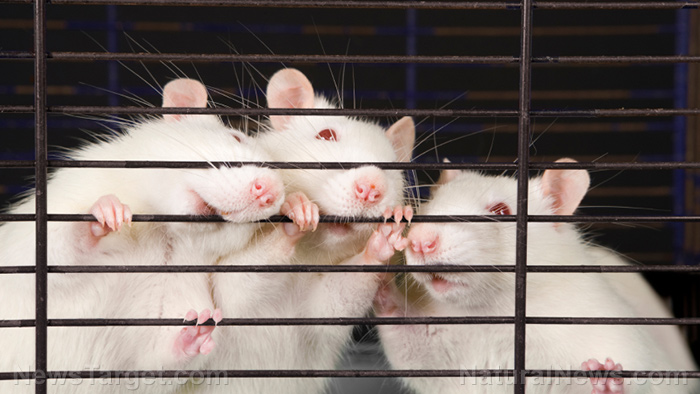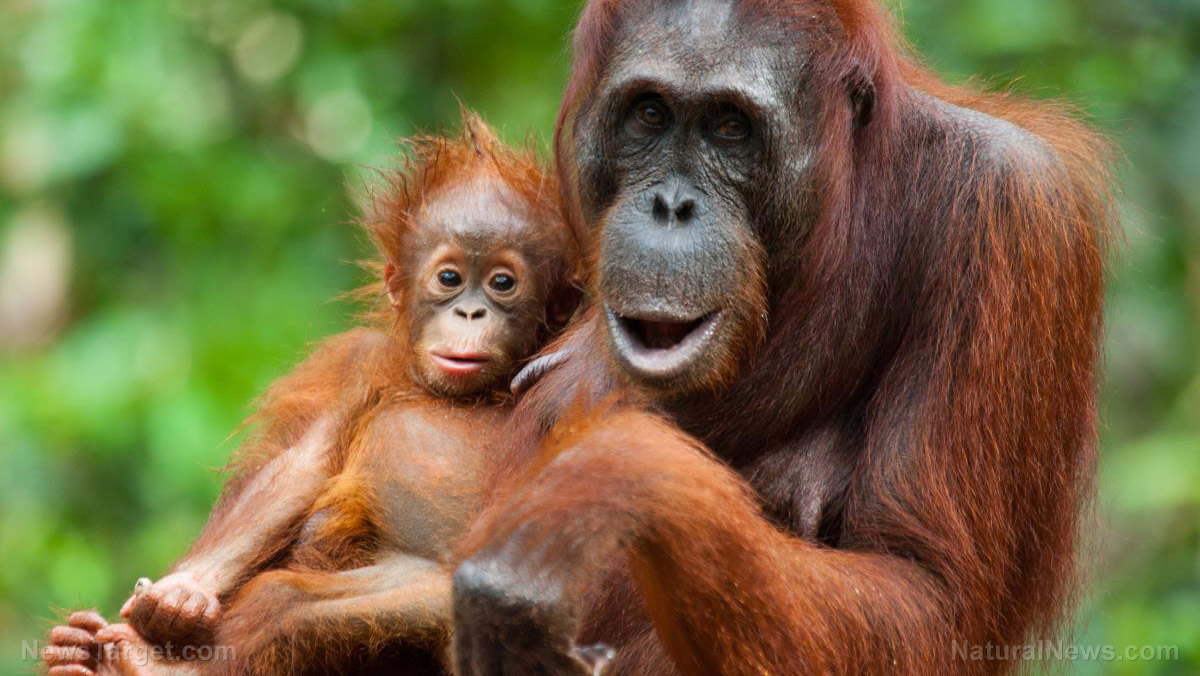Dogs proven to recognize themselves through precise sense of smell
09/10/2017 / By Russel Davis
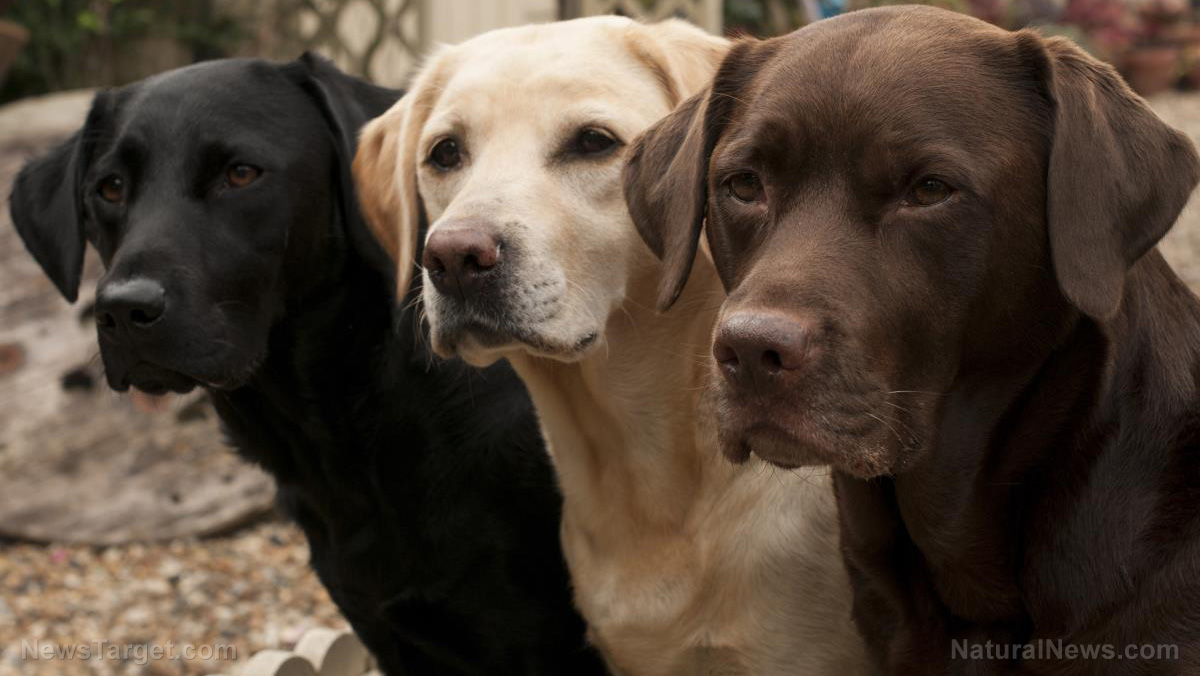
A new study published in the journal Behavioural Processes recently demonstrated a dog’s acute sense of smell was enough to make the animal recognize itself.
As part of the study, a team of researchers at the Barnard College in New York City examined 36 domestic dogs accompanied by their owners. The dogs were presented three urine samples: one was of their won, a second was that of other dogs, and a third one was their own sample but was modified.
The scientists observed how long the dogs took to examine the urine samples. The research team also assessed whether the animals would be able to distinguish their own urine even if it was already modified with an additional odor.
The experts confirmed that the dogs were able to identify their own urine samples. According to the scientists, the findings support the notion of self-awareness among the animals. The results also underscore the need to shift from human-focused idea to species-specific approach in testing self-awareness across various animal specifies.
“The sniff test of self-recognition (STSR) even when applied to multiple individuals living in groups and with different ages and sexes, provides significant evidences of self-awareness in dogs, and can play a crucial role in showing that this capacity is not a specific feature of only great apes, humans and a few other animals, but it depends on the way in which researchers try to verify it,” lead researcher Dr. Alexandra Horowitz told Science Daily online.
Recent findings support previous hypothesis
The results of the recent study coincide with an experiment conducted last year. The hypothesis, proposed by Professor Roberto Cazzolla Gatti of the Biological Institute of Tomsk State University in Russia, demonstrates how sniffing can be a form of self-recognition among dogs.
Dogs, along with other animals — such as several species of monkeys, giant pandas, sea lions, and birds — are known to fail at self-recognition as measured through the mirror test. According to the professor, the ability to instantly recognize one’s own image is particularly rare in the animal kingdom.
The expert said that dogs have previously shown no interest in looking at the mirror except to sniff and urinate around the object. The professor also noted that canines in general have high levels of cognitive complexity, but previous attempts to demonstrate their capacity to recognize themselves have been inconclusive.
“This sniff-test could change the way some experiments on animal behavior are validated. I believe that dogs and other animals, being much less sensitive to visual stimuli with respect to what, for example, humans and many apes are, cannot pass the mirror test because of the sensory modality chosen by the investigator to test the self-awareness and this in not, necessarily, due to the absence of this cognitive ability in some animal species,” Professor Roberto Cazzolla Gatti wrote in his researcher paper last year.
The professor also stressed that older dogs spent more time sniffing their urine, suggesting that self-awareness through scent-related cues may be dependent on age. The findings may be used in a variety of other animals including bats or moles, the expert said.
Sources include:
Tagged Under: animal behavior, animal studies, chemical detection, Chemistry, dogs, Pets, scent







